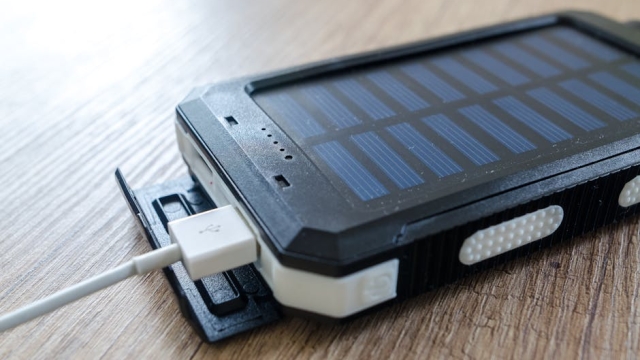
As the world increasingly seeks sustainable and renewable energy sources, solar energy has emerged as a pivotal force in the energy landscape. The adoption of solar technologies continues to gain momentum, driven by a mix of environmental awareness, economic incentives, and technological advancements. This article delves into the current state of solar energy growth, explores the impact of solar lighting solutions on energy efficiency, and examines the role of LED products in enhancing solar energy usage.
The Current State of Solar Energy Growth
Solar energy has become one of the fastest-growing sources of renewable energy. The global capacity for solar power installations has seen remarkable increases, with many regions investing heavily in solar infrastructure. This growth can be attributed to several key factors, including decreasing costs of solar panels, government incentives, and a growing recognition of the environmental benefits of renewable energy sources.
In many parts of the world, the cost of solar technology has dropped significantly, making it more accessible for both residential and commercial applications. This trend has encouraged homeowners and businesses to invest in solar energy systems, contributing to a broader shift towards sustainable energy consumption. Additionally, various financial incentives, such as tax credits and rebates, further enhance the appeal of solar investments.
Impact of Solar Lighting Solutions on Energy Efficiency
The rise of solar lighting solutions has played a crucial role in the broader scope of solar energy growth. These solutions harness sunlight to provide illumination, reducing dependence on traditional electricity sources. Solar-powered lights are particularly effective in outdoor applications, where they can illuminate streets, parks, and pathways without the need for extensive wiring or electricity costs.
One of the primary benefits of solar lighting is its energy efficiency. By utilizing stored solar energy, these lighting solutions not only reduce electricity bills but also minimize the carbon footprint associated with conventional lighting methods. Furthermore, the environmental advantages of solar lighting extend beyond energy savings; they also contribute to reduced light pollution and improved safety in public spaces.
The Role of LED Products in Enhancing Solar Energy Usage
Another significant development within the realm of solar energy growth is the integration of LED products with solar technologies. LEDs, or light-emitting diodes, are known for their energy efficiency and longevity. When combined with solar energy systems, they create a powerful synergy that maximizes energy savings.
LED lights consume considerably less power than traditional incandescent or fluorescent bulbs, making them an ideal choice for solar lighting applications. This compatibility means that solar-powered lighting systems can operate effectively even in areas with limited sunlight. The combination of solar energy and LED technology not only enhances the performance of solar lighting systems but also extends their operational lifespan, reducing maintenance costs over time.
Moreover, the adoption of LED technology in solar applications aligns with the growing emphasis on sustainability. As more consumers and businesses recognize the importance of energy efficiency, the demand for solar energy systems equipped with LED products is likely to rise. This trend is expected to contribute significantly to the ongoing solar energy growth, reinforcing the importance of renewable resources in our energy mix.
Conclusion
The trajectory of solar energy growth reflects a broader commitment to sustainability and environmental responsibility. As technology advances and costs decline, solar energy continues to offer a viable and efficient alternative to traditional energy sources. The integration of solar lighting solutions and LED products into this landscape not only enhances energy efficiency but also paves the way for a greener future. For those interested in learning more about these developments and their implications on energy consumption, resources such as AllTopGroup provide valuable insights and information.

